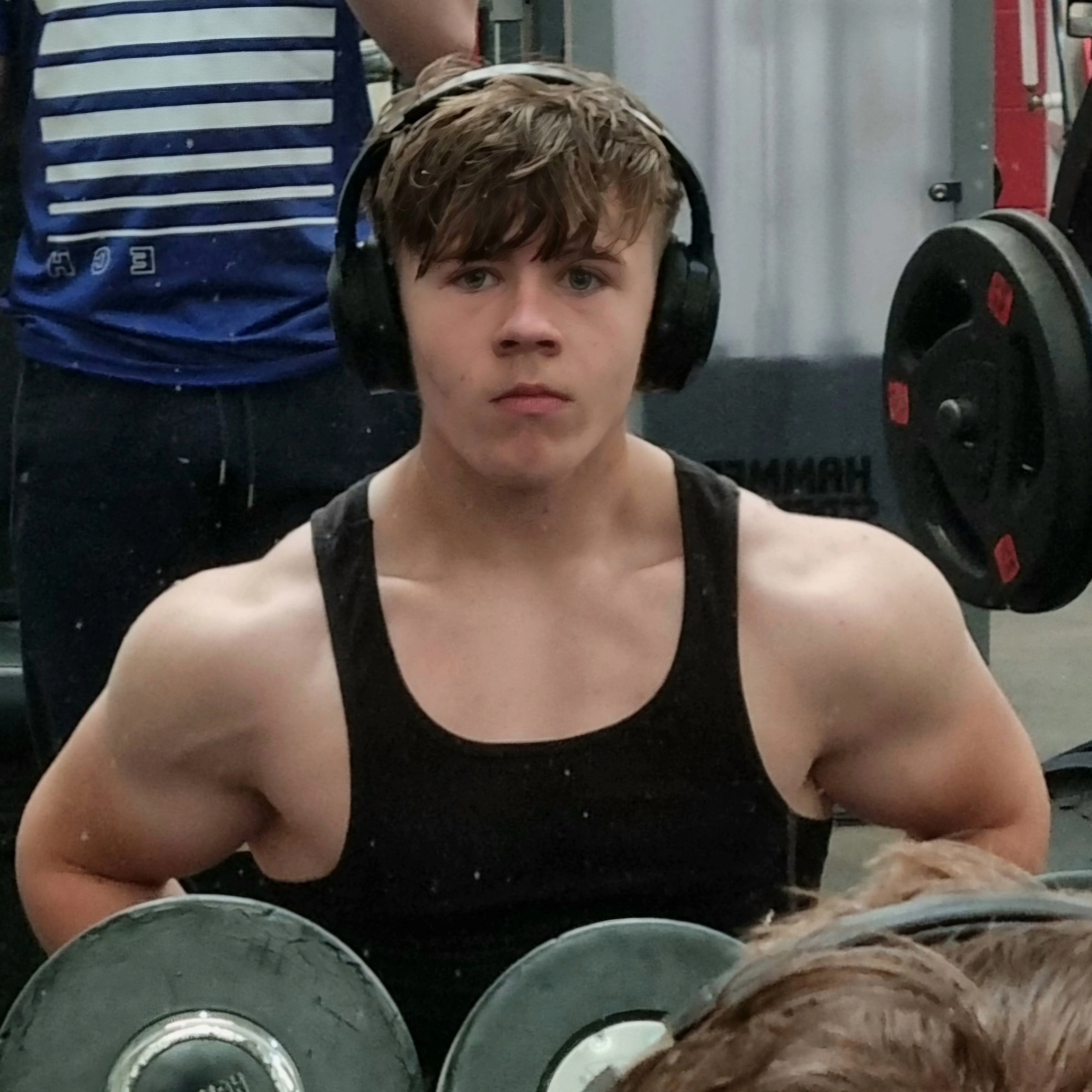PMT
Cards (23)
- How is the rate of reaction calculated?
- What is the formula for rate of reaction in moles?
- What are the various units for rate of reaction?
- Name three common ways of measuring the rate of reaction.
- How do you measure the rate by monitoring mass loss?
- How do you measure the rate by monitoring the volume of gas?
- How do you measure the rate by monitoring the disappearance of a cross?
- How do you find the rate of reaction at time t from a graph?
- State five factors affecting the rate of a chemical reaction.
- What is the collision theory?
- Describe the effect of increasing temperature on the rate of reaction.
- Describe the effect of increasing concentration on the rate of reaction.
- Describe the effect of increasing pressure of a gas on the rate of reaction.
- Describe the effect of increasing surface area on the rate of reaction.
- What is a catalyst and how does it work?
- What is an enzyme?
- What is a reversible reaction?
- When is dynamic equilibrium reached?
- Describe Le Chatelier’s Principle.
- Describe the effect of changing the concentration of reactants and products on equilibrium.
- Describe the effect of changing temperature on equilibrium.
- Describe the effect of changing pressure on equilibrium.
- Describe the effect of a catalyst on equilibrium.
